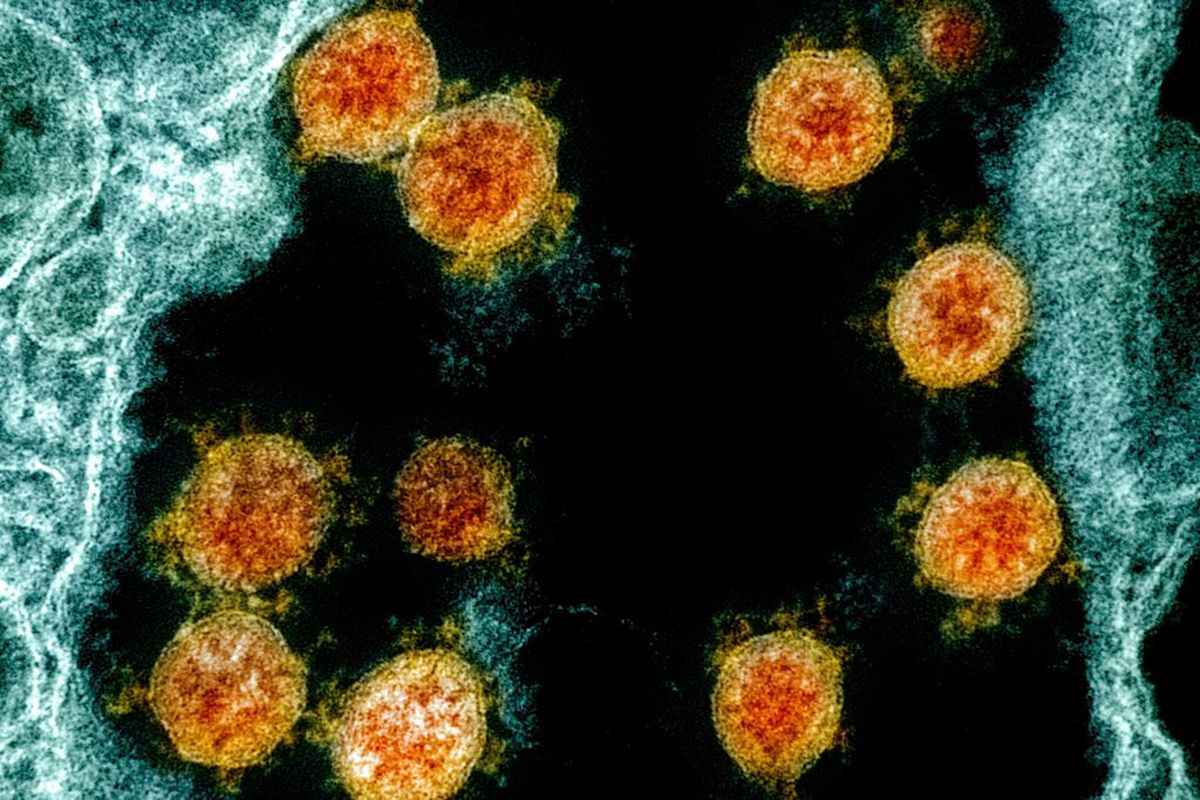How Spokane County plans to use sewage to detect future COVID-19 surges

Spokane County health officials will be able to detect COVID-19 in the community through sewage for months and potentially years to come.
In October 2021, the Spokane Regional Health District collaborated with the Department of Health and the Centers for Disease Control and Prevention to participate in national surveillance efforts to detect COVID-19 in sewage around the country. SRHD has been testing the wastewater to detect COVID-19 at both the Riverside Park Wastewater Reclamation Facility and the Spokane County Regional Wastewater Reclamation Facility, which cover about 90% of the population in the county.
So far, the efforts are confirming what COVID testing also shows in the community. When the omicron surge began in Spokane County, the wastewater testing confirmed that precipitous rise in cases, data from SRHD show.
Wastewater testing could be an important way to predict future waves of the virus too, especially since people who test at home don’t necessarily report their results to the county.
“When we start to deploy more at-home testing and over the counter testing, those don’t necessarily get reported so the positivity rate may or may not be a clear indicator,” Health Officer Francisco Velázquez said. “But the virus, if present, will still be in the wastewater, so it gives us a way to monitor.”
Wastewater testing has tracked with the recent decline in cases locally as well.
Each week, samples are taken from both wastewater plants and sent to a public health lab, where samples are tested using a droplet PCR process. This test looks for two gene targets, N1 and N2, which might contain fragments of the virus. These figures are reported back to health districts.
The Department of Health is currently finalizing what data collection and reporting will be available to local health districts from this testing, and Velázquez said that the SRHD team is in discussions with the health department to determine what would be most useful to learn.
The surveillance project is a partnership with the CDC and the Department of Health will be allocated funding for the next three years. Velázquez said the continued COVID funding that might be in jeopardy in Congress should not impact the project.
“We’re not going to stop doing this just because cases are coming down,” Velázquez said. “This is something we’ll continue doing for the foreseeable future.”
He hopes those future reports on wastewater will help realign guidance if and when the sampling detects an increase in cases.
“We may need to increase availability of either testing, masking or other mitigation tools,” Velázquez said, noting that the district would notify community health care partners about the increase.
The hope in the future, he added, is that wastewater testing will soon be able to become more geographically targeted in the county, and that sequencing capabilities would enable health officials to identify variants in the sampling too.